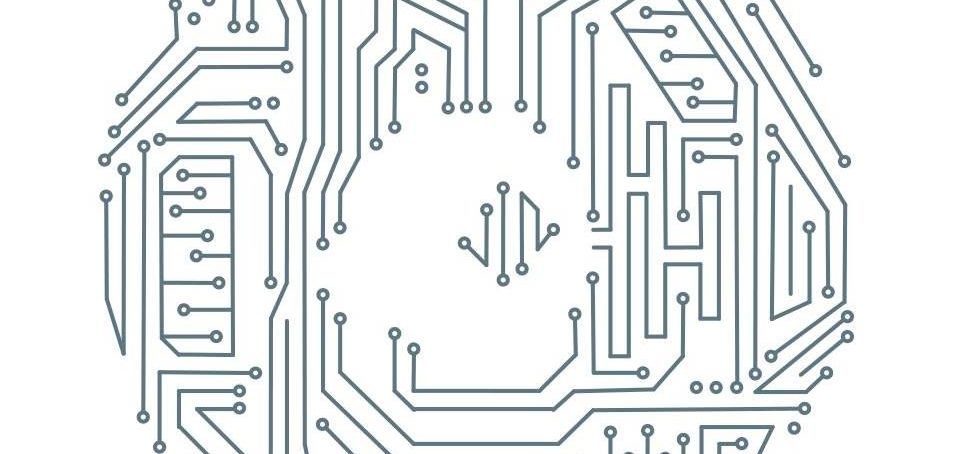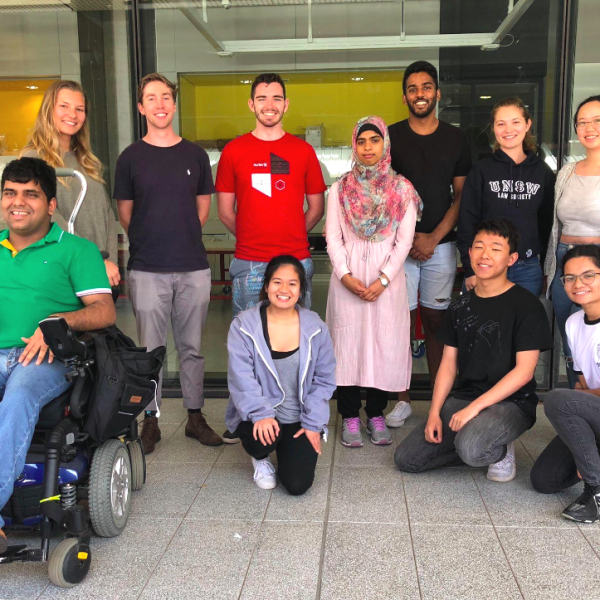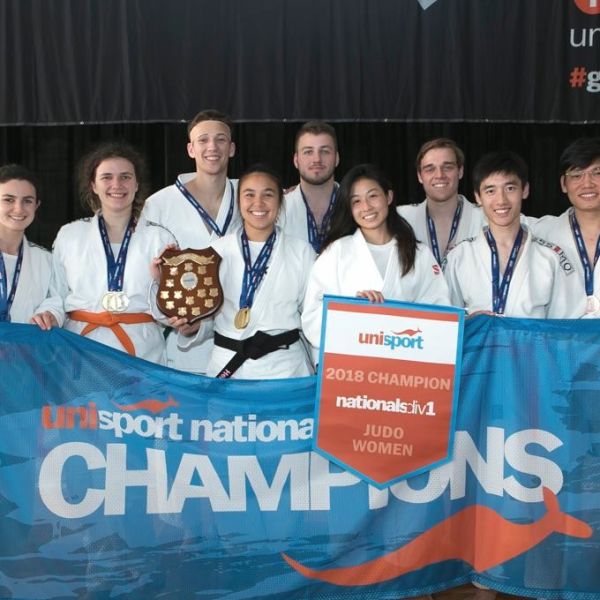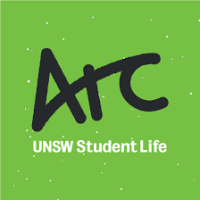Laurene describes the society as “a community of students who are interested in examining and creating advances in science through the integration of biological entities and machines.” The aim is to bring students from all science fields together to share project ideas and information to create innovative pieces of technology that have real world implications and have the potential to significantly enhance people's lives.
The idea to start the society was sparked when Laurene sneaked into a talk at campus held by biohacker Tim Cannon. She eagerly listened to how he had made an implant that can track the health of cows to see if they need antibiotics or not. Over-medication of livestock causes about 50% of antibiotic resistance today, and Tim's implant could help farmers to avoid medicating the whole herd and only give antibiotics to the sick cows.
“I found this idea genius as it is a novel way to battle antibiotic resistance, increase organic goods, increase the health of the cattle, and increase revenue for the farmers – it really benefits everyone.”
She wanted to start her own biohacking projects, and by talking to other Science students, she realised she was not alone in this. Not long after, UNSW Biohacking Society was started to gather like-minded people and make their ideas come to life.
Laurene is now the President, with three Vice Presidents bringing valuable knowledge from their biology-, engineering- and computer science studies. There is a full executive team in place too.
“We were a bit unsure of how to set up the society at first, but by being affiliated through Arc we got a lot of guidance and support with everything from how to write our constitution to how to structure our meeting, and not to mention, the funding to start our first project.”
This project aims to use thought to control electronics. To do this, they will capture brainwave activity and process output from an electroencephalogram (EEG) headset and an electromyography (EMG) device to for example turn a light on and off or make an audio device beep.
Once the test cases are completed, they will start working on the main objective of the project, which involves the acquisition of an imagined entity such as a symbol or a word as derived from their thoughts and subsequently displayed on-screen.
“Are we able to make this work, it will be an immense help for people who have difficulties moving will hopefully help them to become more independent by allowing them to control electronics with their thoughts.”
The EEG headset is being 3D-printed at this time to be ready for the upcoming O-Week and Arc’s Club & Society Taster Day on Feb 21, where they will showcase the current status of their project and talk about their upcoming plans for UNSW Biohacking Society.
“Big events like O-Week and Taster Day are great ways for us to show to the UNSW community who we are, and I believe it will attract new members who are also interested in the opportunity to work on real-life projects while completing their degree.”
On the agenda for this term is first of all to grow the society in terms of members and recruit new projects, but they have also been planning various events including a cocktail night with Biomedical Engineering Society (BESS) and hackathon with Society of Medial Innovation (SoMi). For the future, Laurene is also hoping to host educational events with relevant speakers and providing networking opportunities for their members.
Interested in learning more or becoming a member of UNSW Biohacking? Follow them here for news and upcoming events.




